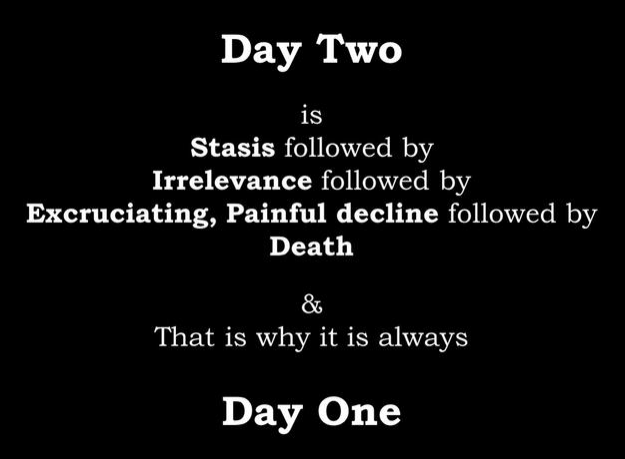As a business leader pushing for more rapid growth, you’ve got your hands full. Your team frequently seems stretched to the brink, projects bottleneck and trade-offs among top priorities slow progress. During this rapid growth phase, you can use some extra hands, and brains on your team. But at what cost?
Many strategic business leaders have already begun to increase productivity and output while lowering costs on labor by leveraging offshore Virtual Assistants, a blanket term that encompasses far more than administrative roles these days. VAs, as they’re known, can include knowledge workers too.
Global outsourcing is not just for large multinationals. Today, business owners of any size can leverage talent globally. But hiring and managing a team of Virtual Assistants half the world away can be challenging for managers who are new to it.
Having built and managed a team of some twenty people in the Philippines, I’d like to impart some tips for working effectively with your globally distributed team.
DO
- Create video training that details step-by-step, company processes. This will help clarify instruction.
- Hold regular Q&A sessions via Skype with the new team member to assure that training was understood. Use these sessions to build a positive, personable relationship with your new team members.
- Assign single tasks until these are mastered, adding new tasks after your hire demonstrates competency. This method will keep you from piling on too many tasks right at the start of the working relationship and avoid the inevitable frustration that comes with a confused, overworked new VA.
- Stress the importance of open communication. Make your global teammate comfortable with asking questions that will clarify what management asks of them.
- Establish a minimum output criteria based on a reasonable estimate of how much work is expected to be accomplished and in what measured time periods.
- Check the VA’s work, preferably daily in the beginning – communicate a target accuracy rate (or similar KPIs) to ensure quality.
- Help the VA understand the linguistic and cultural nuances needed to succeed in their role. English may be your VA’s second language, but with the right training, they will produce work that is in keeping with your company’s standards.
DON’T
- Pay in advance for work. Make sure the task has been completed and reviewed before awarding compensation.
- Assume that the VA understands instructions. Verify that your instructions are understood by having VAs tell you what the steps are after you assign them.
- Assume that a lack of communication is the result of the VA’s unreliability.
- Overload the VA with tasks. Management should make sure that the workload they assign is manageable and focused in one specific area of expertise. You wouldn’t pile on too much too quickly with new U.S.-based employees, so make sure that your offshore team is afforded the same courtesy.
- Hold back constructive feedback. VAs should have a clear idea of how well they are doing and in what areas they might need improvement. Offer critiques that are both encouraging yet detailed.
- Expect immediate results. Just like a U.S. employee who is new to a position, VAs will grow more and more comfortable with their role as they learn the ropes. Establishing a good partnership with a VA, like anything, requires time and patience.
Following these tips, along with solid recruitment, on-boarding and management, will build an offshore team of knowledge-worker VAs that can transform your “business marathon” into a relay race, reducing pressure on your core team, and enabling a higher rate of productivity at a surprisingly low cost.







No comment yet, add your voice below!